
This logo isn't an ad or affiliate link. It's an organization that shares in our mission, and empowered the authors to share their insights in Byte form.
Rumie vets Bytes for compliance with our
Standards.
The organization is responsible for the completeness and reliability of the content.
Learn more
about how Rumie works with partners.
The journey to a product involves...
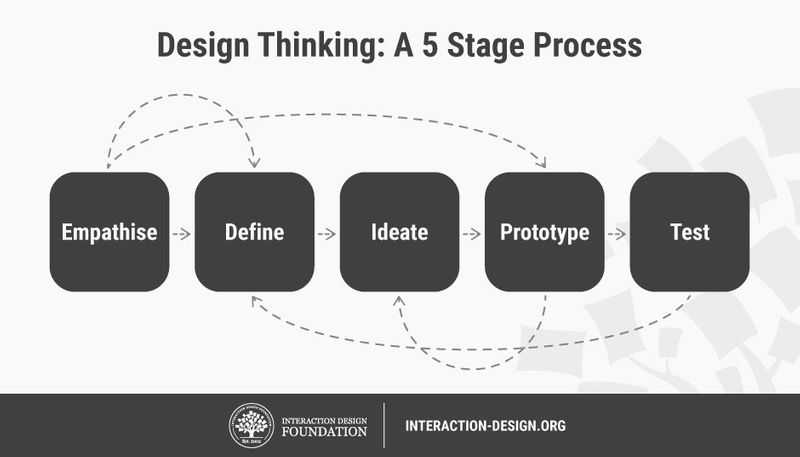 Author/Copyright holder: Teo Yu Siang and Interaction Design Foundation.
Author/Copyright holder: Teo Yu Siang and Interaction Design Foundation.
Let's focus on Prototyping. A prototype is:
A simplified model of a proposed solution
Made cheaply and quickly
Used to test ideas
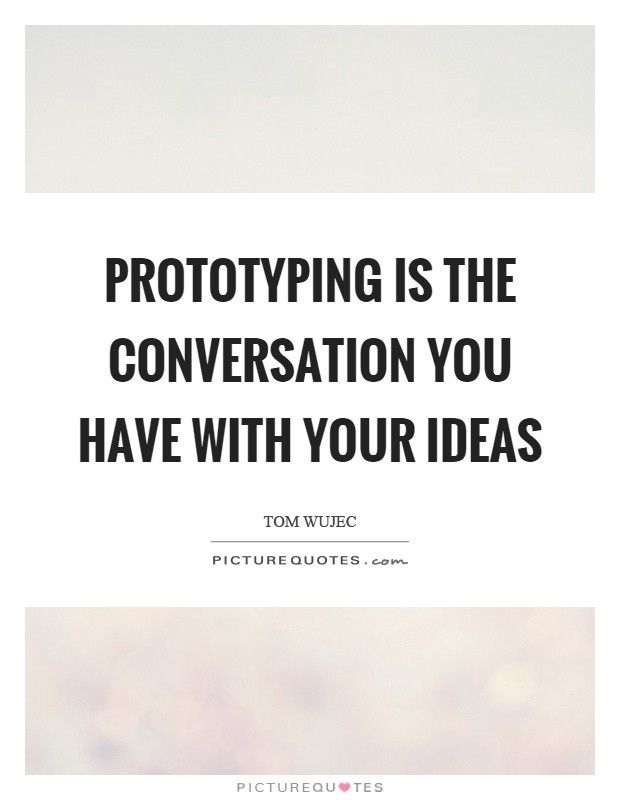
Why Prototype?
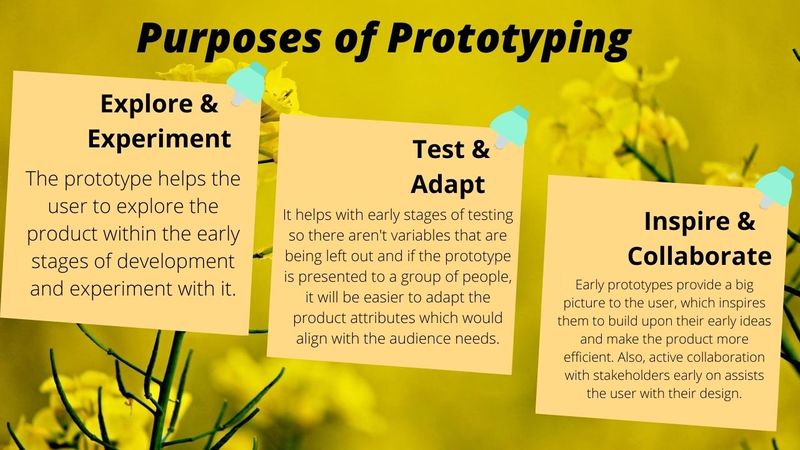
Ok, prototyping helps us develop the model deeper, but does it affect our budget?
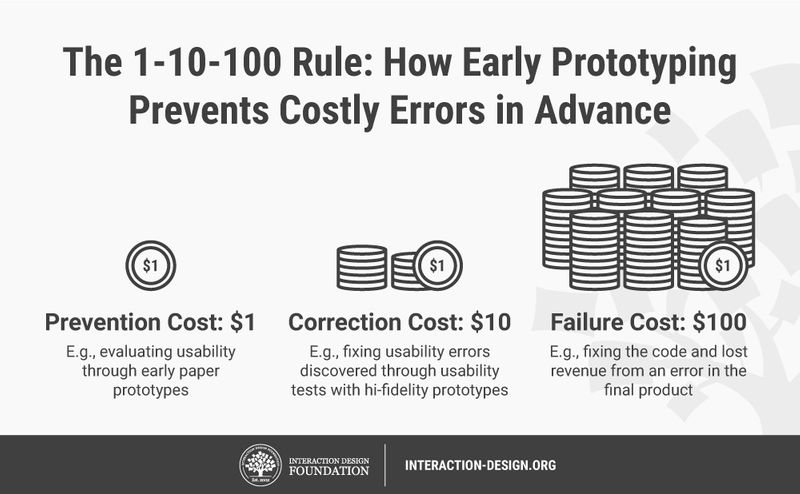
Prototyping helps reduce errors. This helps us avoid expensive mistakes late in the development process.
Quiz
What is the purpose of prototyping?
Prototyping have many purposes, some of which are mentioned within the picture.
Low Fidelity Prototypes
These are easier to create because they are cheap and fast.
They have a low level of functionality.
These are made early in the development process.
Example: Paper Prototypes.
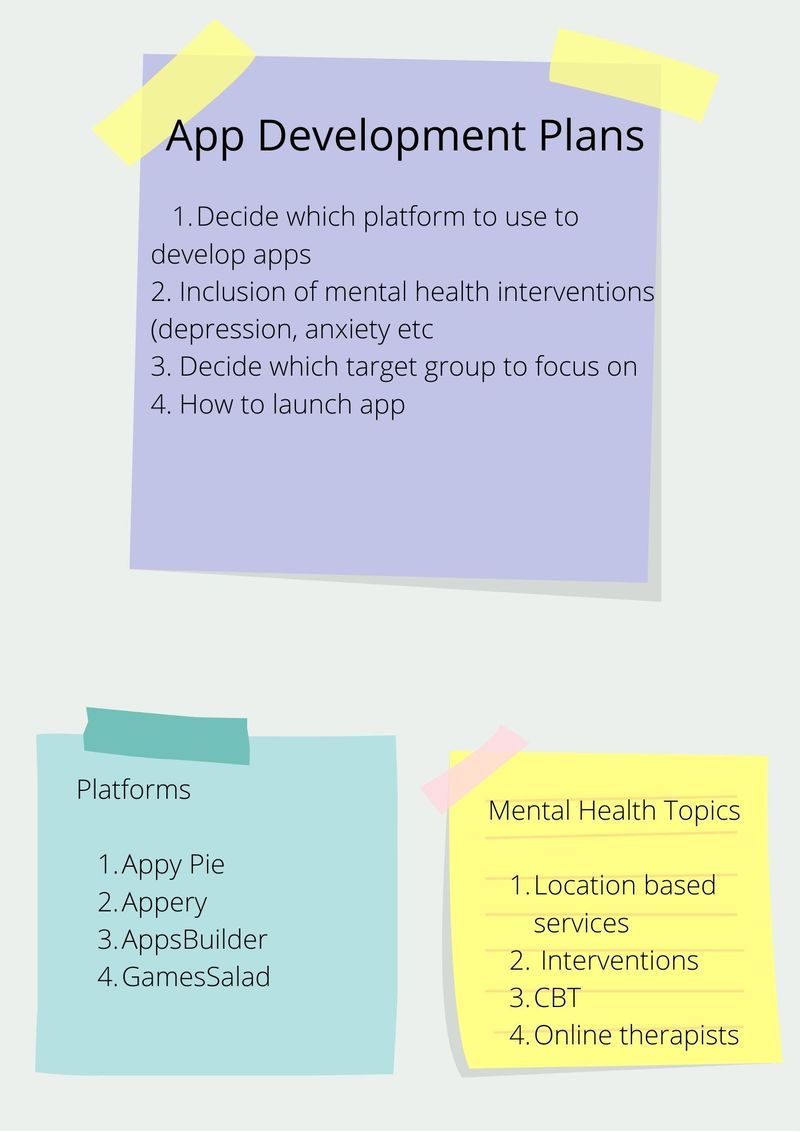
Quiz
What is the advantage of a high fidelity prototype?
High Fidelity Prototypes
Quiz
Avi is designing an app. Which of these is a high fidelity prototype he could make?
The interactive Figma model is close to the final product of Avi's app so it is high fidelity. The other options are cheaper and easier to make - these are low fidelity and will happen earlier in the design process.
Next Steps
Identify some prototype samples you have created throughout your life.
Incorporate what you have learnt so far in the upcoming prototype you may create.
Share what you have learnt in this byte with others!
Take Action
Reflect.
What's a prototype you have created? Was it low or high fidelity?
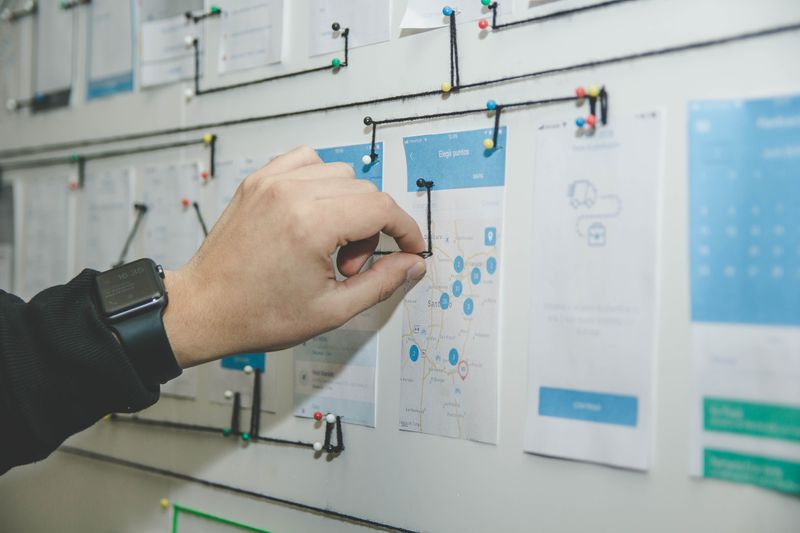 Photo by Alvaro Reyes on Unsplash
Photo by Alvaro Reyes on UnsplashThis Byte has been authored by
Raheema Afridi
Passionate for science, teaching and coffee.
